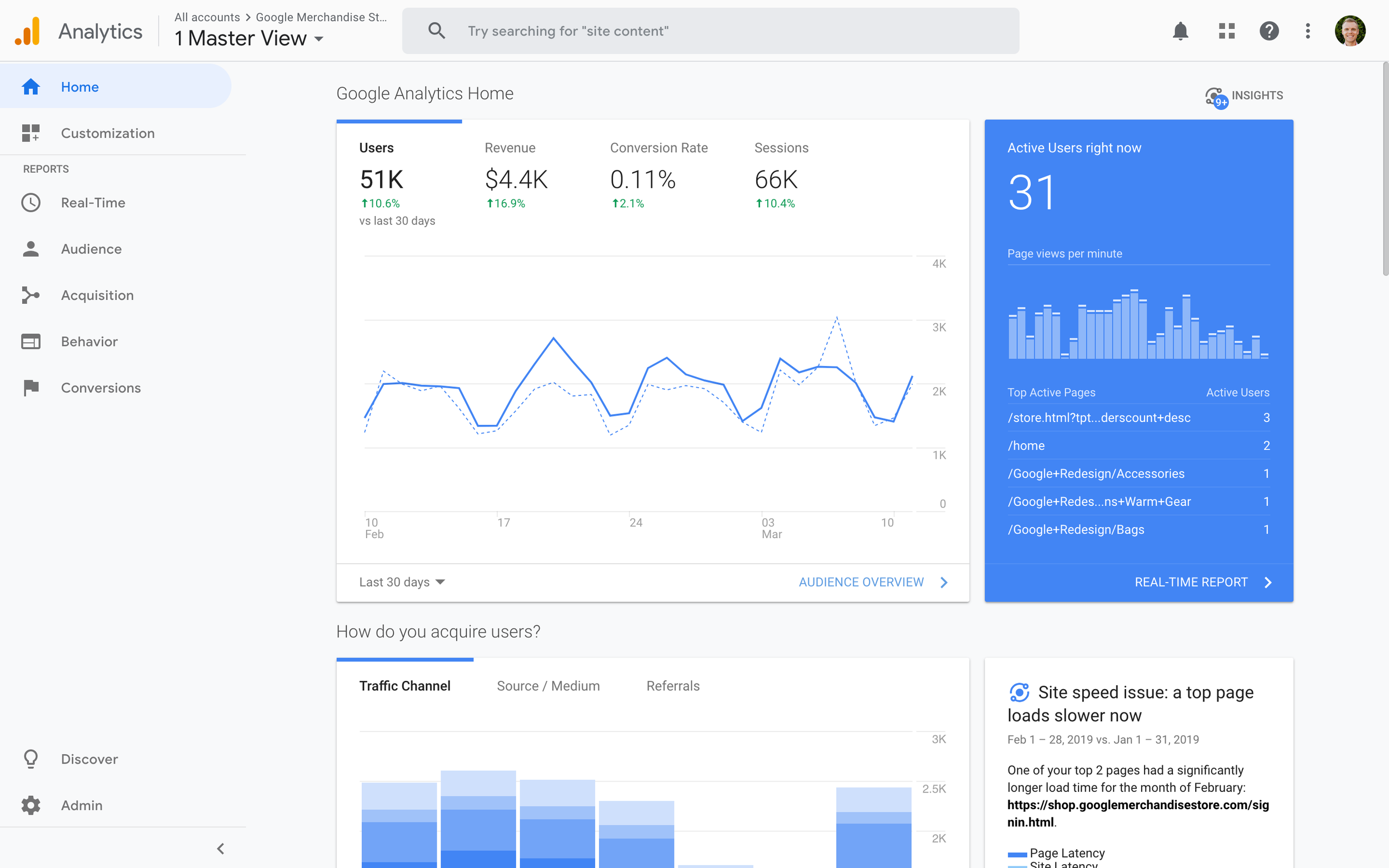What Data Is Google Analytics Goals Unable to Track and Why
What Data Is Google Analytics Goals Unable to Track and Why
Blog Article
Discover the Limitations of Google Analytics Goals: Introducing the Data Kind That Remain Untrackable
As businesses significantly rely on data-driven decision-making, recognizing the restrictions of tools like Google Analytics becomes extremely important. While Google Analytics Goals deal important understandings right into individual interactions, there exist data types that thwart monitoring, posing difficulties to a comprehensive understanding of individual habits.
Incomplete Individual Trip Tracking
Incomplete customer journey monitoring within Google Analytics can impede the capacity to properly examine user actions. When the customer trip is not totally tracked, there are spaces in the data that protect against a detailed understanding of how customers connect with a website. This lack of understanding can bring about missed out on opportunities for optimization and enhancements to the individual experience.
One common issue with insufficient individual journey monitoring is the inability to see the complete course that customers take before finishing an objective or leaving the website. Without this info, it is challenging to recognize where users may be encountering obstacles or friction factors that prevent them from converting. Furthermore, insufficient monitoring can cover the effect of specific advertising and marketing initiatives or website changes on individual behavior.
To address this restriction, it is vital to establish up proper monitoring systems within Google Analytics to capture the entire user trip. This might involve setting up event tracking, goal funnels, or utilizing devices like Google Tag Supervisor to make certain that no essential interactions go unrecorded. By obtaining an extensive view of the individual journey, internet site owners can make even more enlightened decisions to boost individual involvement and drive conversions.
Acknowledgment Challenges
Browsing via attribution obstacles in Google Analytics needs a detailed understanding of just how various touchpoints contribute to the total conversion process. Attribution obstacles emerge from the complexity of modern client journeys, where customers communicate with numerous channels before transforming.
One usual acknowledgment difficulty is the difficulty in connecting conversions to the appropriate resource, particularly in instances where users engage with numerous channels before transforming. Furthermore, cross-device monitoring postures another acknowledgment challenge, as individuals often switch between devices throughout their journey, making it challenging to track their communications seamlessly.
Offline Conversions
Given the obstacles related to connecting conversions accurately in online networks, the measurement of offline conversions provides a significant chance for marketing experts looking for a much more comprehensive understanding of their consumers' trip. Offline conversions describe activities that clients absorb the real world, such as making acquisitions in brick-and-mortar shops or over the phone, going to events, or engaging with printed materials - what data is google analytics goals unable to track. These conversions are critical for companies that run both online and offline, as they supply beneficial insights into the performance of advertising and marketing campaigns across different touchpoints
Tracking offline conversions typically presented a considerable difficulty for marketing professionals, as it was testing to attach these activities back to certain on the internet interactions accurately. With improvements in technology, such as the combination of CRM systems, unique identifiers, and coupon codes, companies can now connect the void in between online and offline information to gain an extra all natural sight of customer actions. By efficiently determining offline conversions, marketing professionals can optimize their techniques, assign resources much more efficiently, and inevitably improve the total customer experience.
Cross-Device Monitoring
Cross-device tracking plays a critical duty in recognizing the interconnected nature of consumers' Visit This Link electronic interactions throughout multiple tools. In today's omnichannel globe, where users perfectly switch over in between desktops, tablet computers, and mobile phones, tracking their habits across these tools is important for online marketers to get an extensive sight of their client journey.

In addition, privacy issues and policies such as GDPR and CCPA have additionally difficult cross-device tracking. With individuals requiring even more control over their information and enhanced restrictions on monitoring modern technologies, marketing professionals must locate cutting-edge and privacy-compliant methods to link individual communications across gadgets.
Dynamic Content Engagement
Recognizing individual involvement with vibrant web content is pivotal in optimizing electronic advertising strategies for boosted target market interaction. Dynamic content refers to site aspects that change based on user behavior, choices, or various other factors, providing a tailored experience. Nevertheless, tracking user communications with vibrant content postures difficulties for typical analytics devices like Google Analytics.
While Google Analytics can track standard interactions like clicks and page views, it may struggle to catch even more nuanced involvements within dynamic content. what data is google analytics goals unable to track. Metrics such as time invested on details dynamic aspects, float actions, or communications within pop-ups are typically not quickly measurable utilizing conventional tracking techniques. This limitation prevents marketing experts' capability to completely understand exactly how users are involving with dynamic web content and tailor their methods accordingly

Conclusion
To conclude, Google Analytics goals have limitations in tracking insufficient individual journeys, associating conversions accurately, catching offline conversions, tracking cross-device interactions, and gauging vibrant content interaction. These restraints highlight the significance of exploring additional tracking techniques and devices to obtain a much more detailed understanding of user habits and conversions past what Google Analytics can provide.
While Google Analytics Goals deal valuable insights right into user interactions, there exist information types that avoid tracking, posing obstacles to an extensive understanding of customer habits.Insufficient look at this website user trip monitoring within Google Analytics can impede the ability to precisely assess individual habits. When the customer journey is not totally tracked, there are voids in the information that prevent a comprehensive understanding of how users interact with a website.One typical problem with insufficient individual journey monitoring is the lack of ability to see the full path that individuals take previously finishing an objective or leaving the website. By getting an extensive sight of the customer journey, website owners can make even more enlightened decisions to improve user interaction and drive conversions.
Report this page